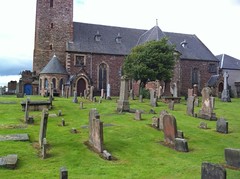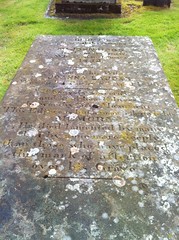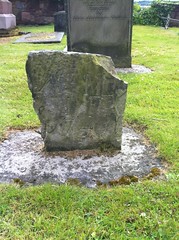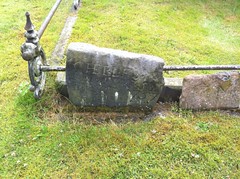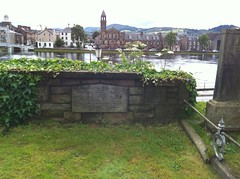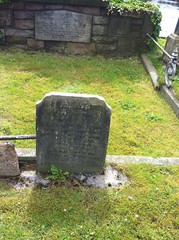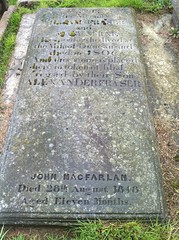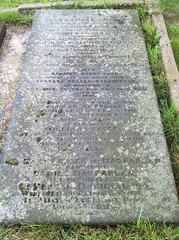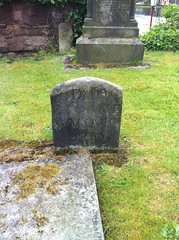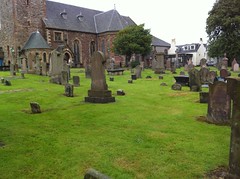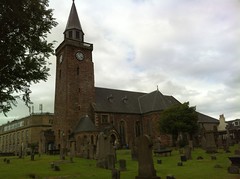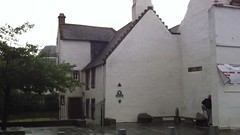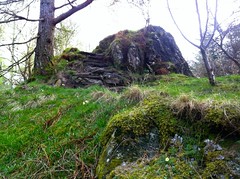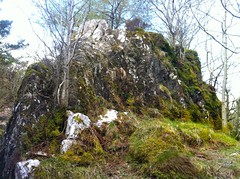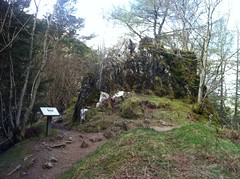WordPress database error: [Got error 28 from storage engine]
SELECT t.*, tt.*, tr.object_id FROM wp_terms AS t INNER JOIN wp_term_taxonomy AS tt ON tt.term_id = t.term_id INNER JOIN wp_term_relationships AS tr ON tr.term_taxonomy_id = tt.term_taxonomy_id WHERE tt.taxonomy IN ('category', 'post_tag', 'post_format') AND tr.object_id IN (38772, 38780, 38782, 58892, 58935, 58942, 59000, 59252, 61405, 61438) ORDER BY t.name ASC
The Highland Region

The lowlands of the North-East are dramatically different to the North-West Highlands. On the east you find large farms have shaped the landscape. Wide expanses of flat land. In stark contrast the highland landscape of the west is one where human settlement has not been easy, the land is rocky and water logged peat soils. This led to this area being sparsely inhabited. More people lived in the Lowland east.
Ancient geological events created this landscape. People living on this land lived in small clusters, trying to world small amounts of cultivable land often at the head of sea lochs. One blessing the West had to the East was milder winters thank s to the Gulf Stream and they were more sheltered than the exposed landscape of the East. Quite often in some of the garden of the West can you find exotic plants and palm trees. So the impression of humans in the West is far less visible than in the East. But the story of man/land relationship is fascinating.
Ancient people
Little has really been known about how long people have lived in the Northwest Highlands. It’s only been the last 50/60 years with excavations into broch sites. Brochs were the stone dwellings long before medieval times in the Highlands and Islands. In the centuries between the middle Iron Age and the Medieval times stone dwellings of any kind are rare. These go back to the 7th or even 8th centuries BC in areas like Orkney.
Norse Settlement
Looking at place names you can not ignore the evidence of Norse, then with the spread of Gaelic culture can see how the languages mixed together and evolved, names are often prefixed by Gaelic elements . Showing us the contact between Old Norse and Gaelic.
Understanding Norse settlement patterns we can see that they are far more evident on the North West side of Scotland. Norse activity happened in coastal areas. The North West of Scotland is made of of many islands and sea lochs and ideal secret sheltered natural harbours to bring a boat in and easy mooring. ‘Vikings’ wanted good forest land for wood, arable land close to their harbour.
Gaelic influence
Content coming soon
Profound Change mid 17th Century to 19th Century
Between these times the Highlands underwent a profound social and economic transformation. All sectors of society were affected. It was the landlords who played a crucial role in this. In the North West Higlands there were the MacKenzies of Coigach/Cromartie owned vast amounts of land. They had rose through services to the crown and advantageous marriages to become one of the foremost clans of the Highlands. Although powerful, debts were building up, many junior branches of the Clan sprouted up.
Religion
In the East you’d find thick clusters of parish churches on fertile and populous land. On the west you find huge isolated churches.
More content coming soon …
Blogs Featuring the Highlands
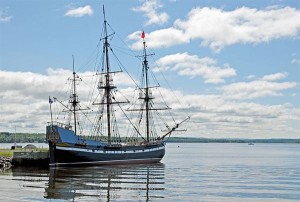
The Voyage of the Hector
Read More
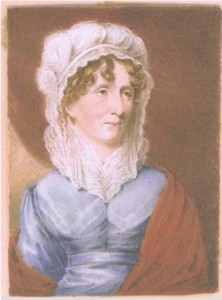
The Fair Lady of Strathglass – Heroine of The Clearances
Read More
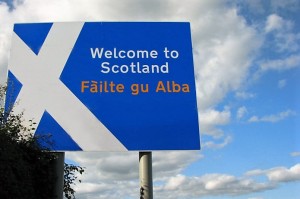
Looking at Scottish land with an indigenous Gaelic eye
Read More

Doing Something Good For Gaelic: The Scottish Gaelic Foundation of the U.S.A. is underway!
Read More

“Our children are bred for emigration”
Read More

Gaelic, Not Gaelic: Two Scotlands two Diasporas
Read More

You might be a Gael if …
Read More
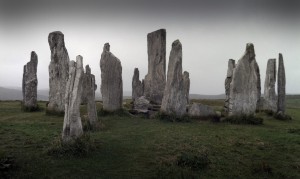
Scotland’s Most Inspiring Places: A Personal View
Read More
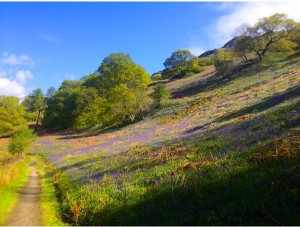
A Northward Meandering – Walking the West Highland Way – Part Two.
Read More
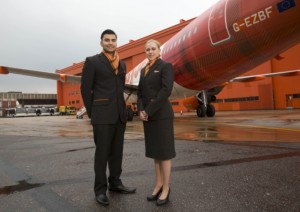
Airline Reveals Tartan-Clad Plane
Read More
Photos Featuring the Highlands
Culloden Battlefield
Ullapool
Inverness
Glencoe



























